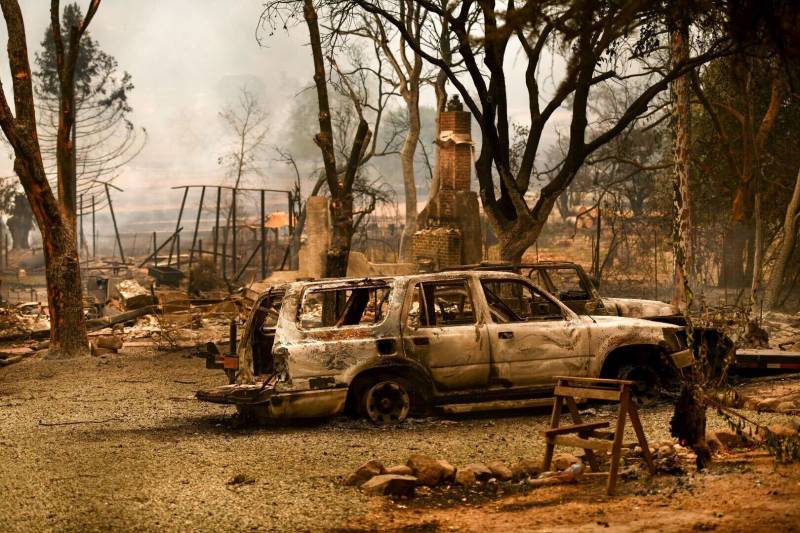Skip to latest evacuation orders and shelter information
Update, 8 p.m. Monday: More than 68,000 people in Sonoma and Napa counties have been evacuated from their homes, said Cal Fire Division Chief Ben Nicholls in an evening briefing. Many more residents have been warned that they might still have to flee, he said.
Still, Nicholls sounded a hopeful note in regard to a forecast that called for less powerful winds overnight.
"We don't have those critical burning conditions that we were experiencing the last two nights," he said. "So firefighters across the board here on the Glass and Shady fires... are feeling much more confident tonight than they were last night."
Also on Monday evening the city of Calistoga in coordination with Napa County expanded a mandatory evacuation order to cover the entire town.

